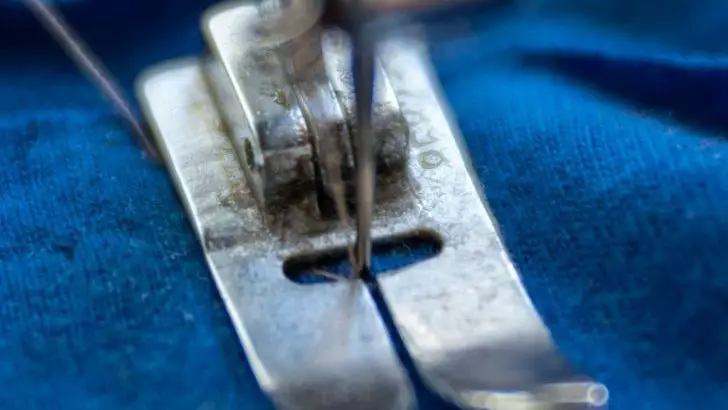The Message of Body Positivity
“Love the skin you’re in” is now a familiar phrase on Instagram, reflecting the widespread influence of body positivity.
Debates Around the Movement

Critics argue it promotes unhealthy lifestyles, while supporters say it’s about self-acceptance and rejecting harmful beauty standards.
Forgotten Origins
Though popular on social media today, the movement’s roots are less well known and often debated.
The Role of NAAFA
Tigress Osborn, incoming chair of the National Association to Advance Fat Acceptance (NAAFA), highlights the organization’s central role in shaping modern body positivity.
A Culture of Body Criticism
From diet ads to social pressures, people are constantly reminded that their bodies are “not good enough.” Body positivity emerged as a challenge to this toxic cycle.
Beyond Self-Esteem
The movement also questions capitalism, patriarchy, fatphobia, racism, sexism, and ableism – linking body image to wider systems of oppression.
The Fat Rights Movement of the 1960s
In 1969, Bill Fabrey founded NAAFA in New York to fight fat discrimination. At the same time, California feminists formed the Fat Underground, releasing the radical Fat Manifesto in 1973.
Global Growth of Fat Activism
By the 1980s and 1990s, fat activism spread internationally, with protests, media appearances, and advocacy challenging diet culture and promoting body acceptance.
The Internet Era of Visibility
In the 2000s, fat activists used online forums, blogs, and later social media to connect, share, and spread body positivity to a wider audience.
Selfies as Activism
With Instagram and hashtags, fat people embraced visibility through fashion posts and selfies, turning personal expression into a form of activism despite online harassment.
Mainstream Popularity and Challenges
Body positivity became a buzzword, but critics note that mainstream figures often exclude visibly fat and marginalized people who created the movement.
Remembering Its Roots
The movement cannot forget its origins in fat activism and the contributions of Black women and femmes. True body positivity must remain inclusive of the most marginalized bodies.






